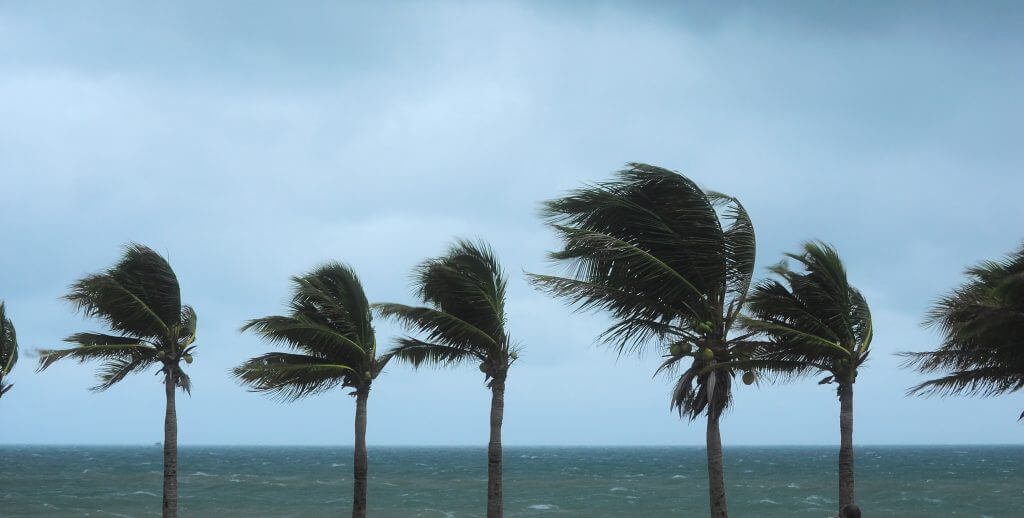Posts Tagged ‘funding retirement’
Preparing Your Family & Finances for Natural and Man-made Disasters
Disasters can strike with little notice. Some are the product of mother nature, such as Hurricanes Harvey, Irma, Jose, and Maria. Others, like the recent Equifax breach, are man-made. While these two disasters may seem to have little in common, what they do share is the personal and financial devastation that they left in their wake. The hurricanes devastated many peoples home and lives. In Hurricane Harvey alone – early estimates found that 230,000 homes were damaged and almost 13,000 of them were destroyed. The physical damage inflicted by Harvey was enormous, but the emotional fallout for all those directly impacted is harder to quantify. Losing your home, possessions, and peace-of-mind is an unfathomable experience. While homes can be repaired and rebuilt, items such as old family photos and heirlooms are priceless and irreplaceable. The Equifax breach impacted the personal data of over 4.6 million consumers, leaving those affected fearing fraud and identity theft. Dire concerns about the health of your financial future can produce much anxiety, which only adds to the stress of a recent disaster. Both disasters left millions feeling afraid and vulnerable. Although it is always difficult to minimize burden and increase feelings of confidence and security after a disaster, being proactive and putting an emergency readiness plan into place before one strikes is invaluable when you are putting the pieces back together after a disaster hits home.
Read MoreIncome Strategies for an 8,000-Day Retirement
By 2030, it’s estimated that 20 percent of the U.S. population will be over age 65.1 That means a fifth of all Americans will be on the fringe of retirement or already retired, a milestone that’s generally perceived to come late in life. But consider this, there are approximately 8,000 days in today’s average retirement. That’s approximately the same number of days from:
- Birth to college graduation
- College graduation to mid-life crisis
- Mid-life crisis to retirement
Eight thousand days translates to about 22 years. That may seem long for retirement, but it’s actually quite common these days: Retire at 65 and live to 87; retire at 70 and live to 92; retire at 80 and live to 102. More people are doing this all the time.
Read MoreFreedom and Independence: Similarities of Retirement & Start-ups
Working for a startup can be a very stressful enterprise. While it may seem glamorous to those toiling away at a traditional 9 to 5 grind, the reality is a bit starker. Disregard whatever preconceived notions you may have about quitting your job and building something from scratch – this won’t be like working for Facebook or Google. They are well-defined, carefully manicured corporate cultures that defied the odds and did the near impossible: spread their wings and somehow managed to survive and thrive. The reality is that most start-ups don’t make it.
Pull back the rose-colored curtain and look past the casual dress code, impromptu afternoon ping pong tournaments and well-earned after work liquid libations bought on the company credit card. What lies beyond are 16-hour work days and a dizzying array of multitasking hats (which might not necessarily be your style, size or color, but boy-oh-boy you better find a way to make them fit if you want to survive). Along with the demanding work, frantic pace, ever-shifting job duties and overall trial by fire that are hallmarks of life inside a startup, there lie the possibilities of freedom and independence (should the enterprise succeed). These same goals of financial freedom and independence are at the heart of retirement planning goals and expectations.
Read More


